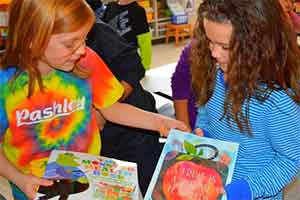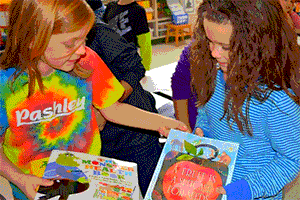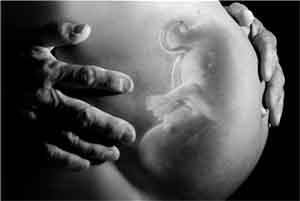Analyzing picture books for nutrition education

 Recommended books must be reviewed carefully, according to a new study published in the Journal of Nutrition Education and Behavior
Recommended books must be reviewed carefully, according to a new study published in the Journal of Nutrition Education and Behavior
Feeding children can be a challenging process for many parents. A previous study found 46% of preschoolers were picky eaters and 40% of picky eaters remained picky for two or more years. Nutrition education and recommended feeding practices may help parents deal with feeding problems and shorten their duration. Books may be used as resources to help teach children to overcome poor eating habits. Thus, a content analysis was conducted to assess messages about dietary behaviors and feeding strategies in a set of picture books.
For the analysis, Oksana Matvienko, PhD, of the School of Kinesiology, Allied Health and Human Services, University of Northern Iowa, Cedar Falls, IA, selected picture books that were fiction, published between 2000 and 2016, accessible in the United States, in print format, and appropriate for children 4 to 8 years old. The study included books found in children’s literature and publishing industry databases as well as retail and book-oriented websites. The books were then coded to capture themes and patterns presented in the stories. The selection process revealed 104 books that portrayed dietary behaviors.
“The books had positive messages about good eating habits that were communicated in creative, clever, believable, child-friendly, non-preachy, and non-forceful manners, which is what parents prefer,” said Matvienko. “But many books delivered interesting, diverse, yet improbable ideas that did not align with science-supported nutritional guidelines.”
Of the books evaluated, 50% featured a specific eating behavior, 21% lifestyle or eating patterns, 20% food-related sensations and emotions, and 9% table manners. Some books had clear, direct messages whereas others could be vague, sophisticated, unconvincing, unresolved, or conflicting. The messages in the books were open to misinterpretation depending on many factors. Response actions and problem-solving approaches in books generally did not align with scientific consensus. Although the responsive feeding model, whereby children should be allowed to control their own food intake in the context of structured meals provided by adults, has been advocated for several decades by nutrition professionals, it did not find its way into fictional picture books.
“Picture books are a promising tool for improving children’s eating habits, but practitioners should evaluate the book’s clarity, accuracy, and strength before making recommendations,” said Matvienko. Because books are convenient, they may be a useful tool for parents to help children overcome poor eating habits. However, future research needs to be done examining picture books about dietary behavior alone and combined with other strategies for attaining optimal influence on children’s food habits.
Source: Elsevier
Full bibliographic information:
“Qualitative Analysis of Dietary Behaviors in Picture Book Fiction for 4- to 8-Year-Olds,” by Oksana Matvienko, PhD,
Journal of Nutrition Education and Behavior, Volume 48, Issue 9 (October 2016)



